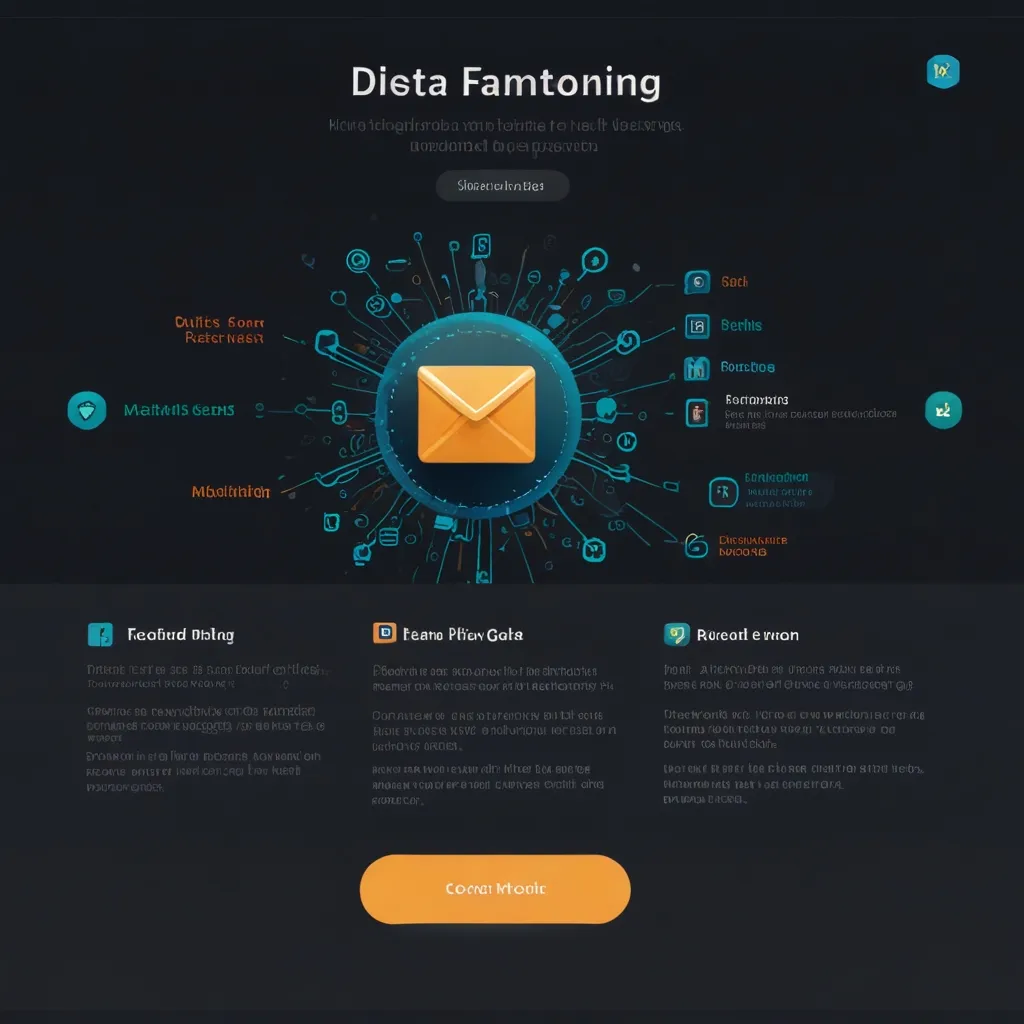Let’s dive into the world of Flask extensions and explore how they can supercharge your web applications. Think of these extensions as magic tools that turn your basic Flask setup into a powerhouse, making everything run smoother, faster, and with less hassle.
First up, managing databases is a big deal in web applications. Here’s where Flask-SQLAlchemy comes in. This nifty extension simplifies working with SQLAlchemy, which is like a super toolkit for SQL and ORM (Object Relational Mapper). Flask-SQLAlchemy provides some awesome defaults and helpers that make managing databases feel like a breeze.
Picture this: you set up your Flask app and connect it to an SQLite database with just a few lines of code. Boom! You can define your models, like a User with fields for id, name, and email, and then query all users effortlessly. It’s like giving your app a direct line to a neatly organized filing cabinet, all thanks to Flask-SQLAlchemy.
Next on the list is dealing with forms. Ugh, forms. They can be such a pain, especially when it comes to validation. But Flask-WTF turns this headache into a minor inconvenience. It wraps around WTForms, a library for form validation and rendering that can handle data validation, CSRF protection, and even internationalization. Just set up your Flask app with a secret key, define a form class with fields and validators, and voilà! Your form can now validate itself and provide useful error messages, making your life so much easier.
Now, let’s talk emails. Sending emails from your web app can be a must, whether it’s for notifications, password resets, or just saying “hi” to your users. Flask-Mail makes this simple. Configure your Flask app with your SMTP server details, set up a Mail instance, and you’re off to the races. Sending an email becomes as easy as creating a message object, setting its sender, recipients, and body, and then calling the send method. Really, it’s just like writing a letter—with a bit of Python magic thrown in.
Creating REST APIs can be a bit tedious, but Flask-RESTful is here to save the day. This extension lets you build APIs quickly, integrating smoothly with your existing database ORM and other libraries. Just set up your Flask app, define resources with classes, and add these resources to your API instance. Your endpoints will be serving up JSON data in no time, all while following best practices.
Handling file uploads might sound like a nightmare, but trust me, Flask-Uploads is a dream. It gives your Flask app a flexible and efficient way to handle file uploads and serve them. Define your upload set (like photos in our example), configure your app, and start accepting file uploads with a simple route handling POST requests. Need to retrieve the uploaded files? No problem, Flask-Uploads can handle that too.
Debugging is critical, and the Flask-DebugToolbar turns it into a much less painful process. Once integrated, this toolbar will provide detailed insights into your app’s requests, headers, config settings, template rendering, SQLAlchemy queries, and more. It’s like having a personal assistant keeping an eye on the details and alerting you to potential issues before they become big problems.
User authentication is a biggie for most web applications. Flask-Login makes this whole process manageable. It handles session management and cookies, letting you handle user flow without pulling your hair out. Define a User class, set up a loader function for loading users by ID, and then use decorators like @login_required to protect routes. Logging in and out becomes a standardized process, which means fewer headaches for you.
Admin interfaces can be another tedious part of building applications, but not with Flask-Admin. This extension helps you quickly add admin interfaces, giving you control over the look, feel, and functionality. Set up your Flask app with Flask-Admin, define your models, and add these models to your admin interface. Managing your app’s backend data becomes incredibly straightforward, almost fun, even.
Handling CORS (Cross-Origin Resource Sharing) might sound like techie jargon, but it’s crucial for modern web apps, especially when they’re interacting with APIs. Flask-CORS comes to the rescue, making CORS management a walk in the park. Just import the extension, apply it to your app, and you’re ready to handle cross-origin requests without breaking a sweat.
In essence, Flask extensions are about taking the heavy lifting off your shoulders so you can focus on what really matters: building cool features for your web application. Each extension brings significant value, whether it’s through simplifying database interactions, taming tedious form validations, handling emails, building REST APIs, managing file uploads, debugging your code, authenticating users, creating admin interfaces, or managing CORS.
As you get more comfortable with Flask, dive into these extensions, experiment with them, and see how they can streamline your development process. The key to becoming a Flask pro lies not just in knowing these tools exist but also in understanding how to leverage them to make your projects smoother, faster, and just generally more awesome. Get out there, build stuff, and watch as these extensions transform your workflow.






